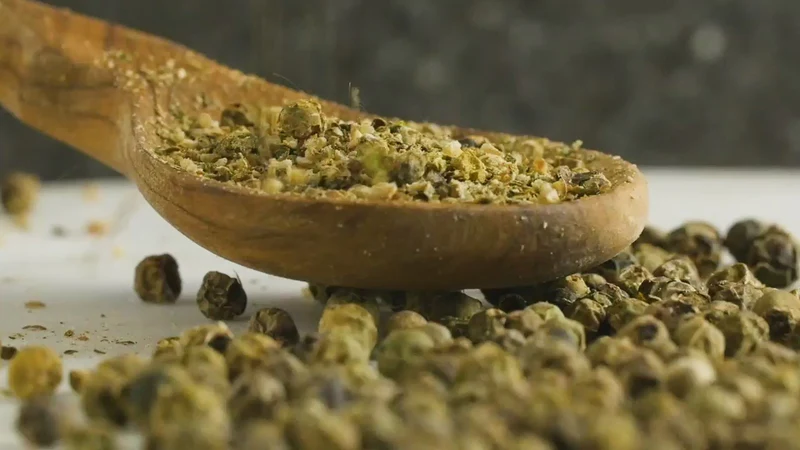
Tips For Cooking With Exotic Spices And Herbs
Cooking with exotic spices and herbs can transform your meals, adding depth, warmth, and complexity to everyday dishes. By experimenting with new flavors, you can elevate your cooking and explore the diverse culinary traditions of the world. Whether you’re a seasoned cook or a beginner looking to spice things up, here are some essential tips for cooking with exotic spices and herbs.
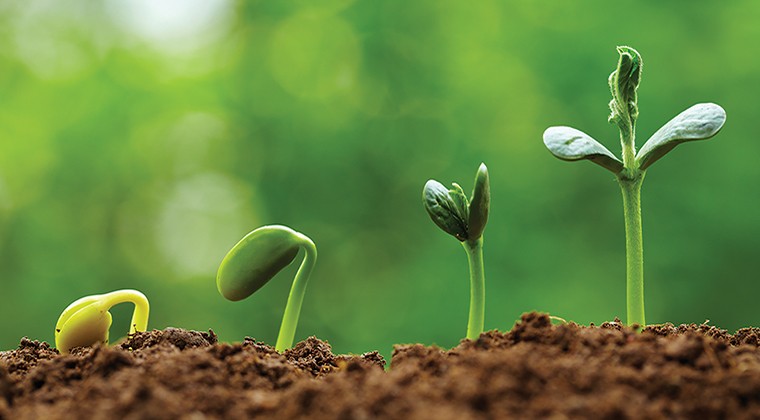
1. Start Small and Build Up
Exotic spices and herbs can be potent and powerful, so it’s important to start with small amounts and gradually build up to your desired flavor. Some spices, like saffron or sumac, can easily overpower a dish if used too generously. Begin with a pinch or a teaspoon, taste as you go, and adjust accordingly. Remember, you can always add more, but you can’t take it out once it’s in.
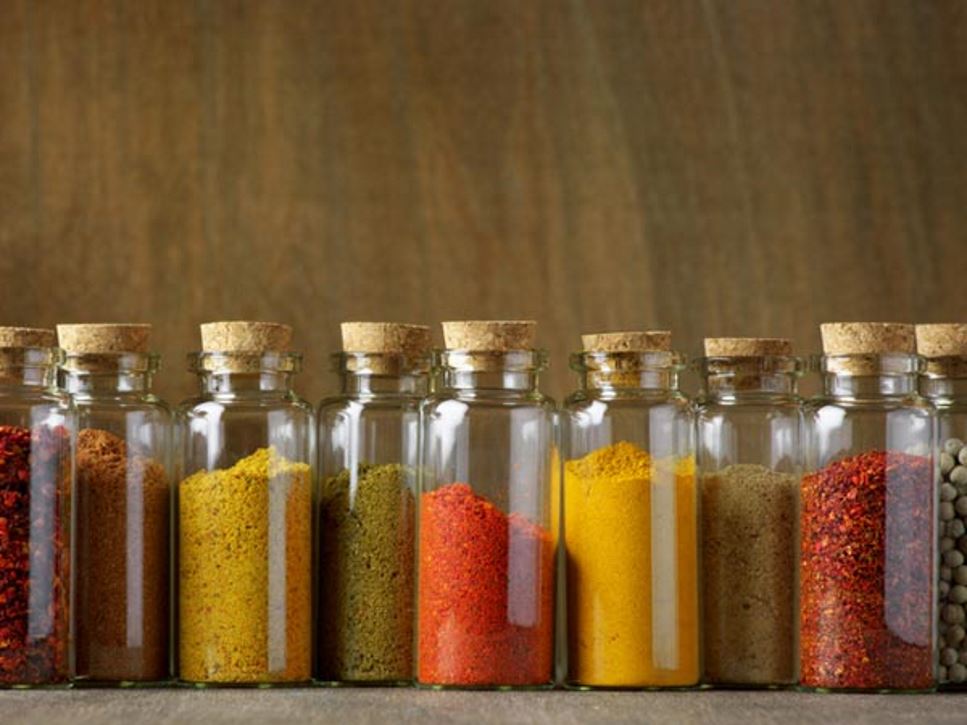
2. Know Your Spices and Herbs
Before using any spice or herb in your cuisine, become familiar with its flavor character. For instance, cardamom adds a fragrant, flowery flavor that complements both savory and sweet meals, while cumin adds a warm, earthy flavor that goes well with stews or roasted vegetables. Known for its golden hue, turmeric enhances rice dishes and curries with a subtle, slightly bitter flavor. With its acidic and savory flavor, za’atar—a Middle Eastern blend of herbs and spices—is excellent for adding to marinades or as a garnish for flatbreads. You may make foods that are tasty and well-balanced by knowing how each of these spices functions on its own.
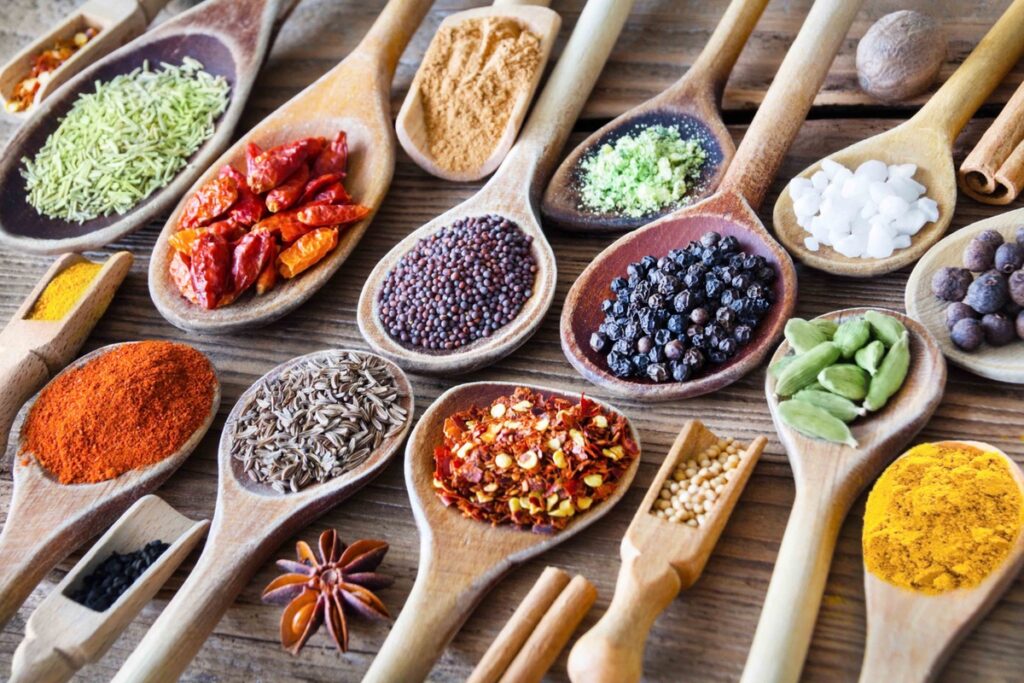
3. Toast Spices for Extra Flavor
Before adding many spices to your food, try toasting them in a dry pan to bring out their full flavor. Toasting enhances the aroma and intensity of spices like fennel seeds, cumin, and coriander. Just place the whole spices in a skillet over medium heat and stir continuously for one to two minutes, or until a fragrant aroma is released. They may taste harsh if you burn them, so take care not to do that.
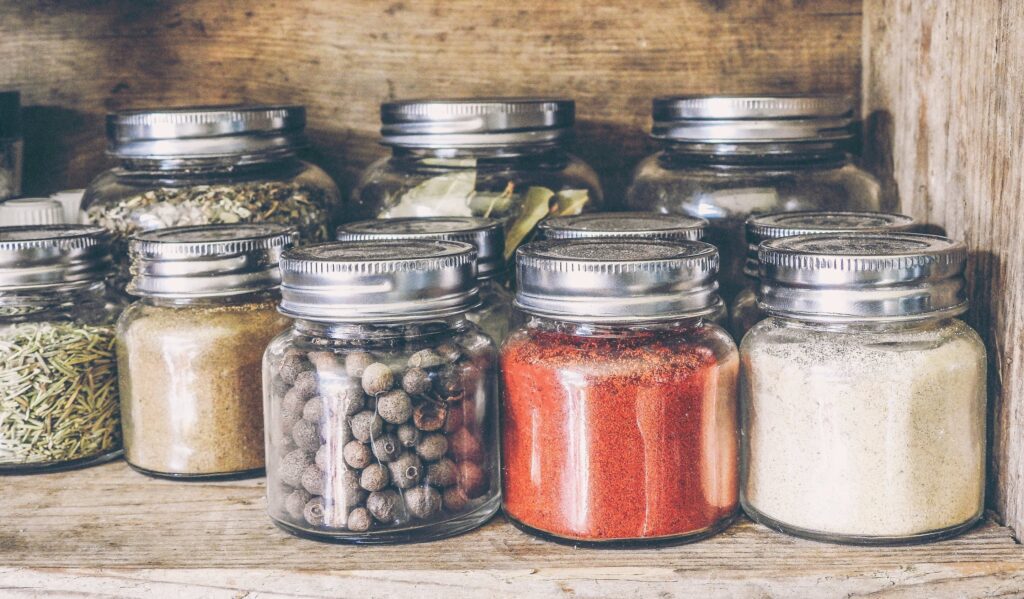
4. Experiment with Spice Blends
A fun and easy way to add new flavors to your cuisine is with exotic spice blends. Indian curries and stews benefit greatly from the addition of garam masala, a spice blend made with cloves, cardamom, and cinnamon. A North African spice blend called Ras el hanout provides a nuanced blend of tastes that are perfect for couscous or tagines. An Ethiopian spice blend called berbere adds a sour, spicy kick to meat and vegetable meals. Although using pre-made spice blends can save time and provide flavor right away, don’t be scared to create your own unique mixes that fit your tastes.
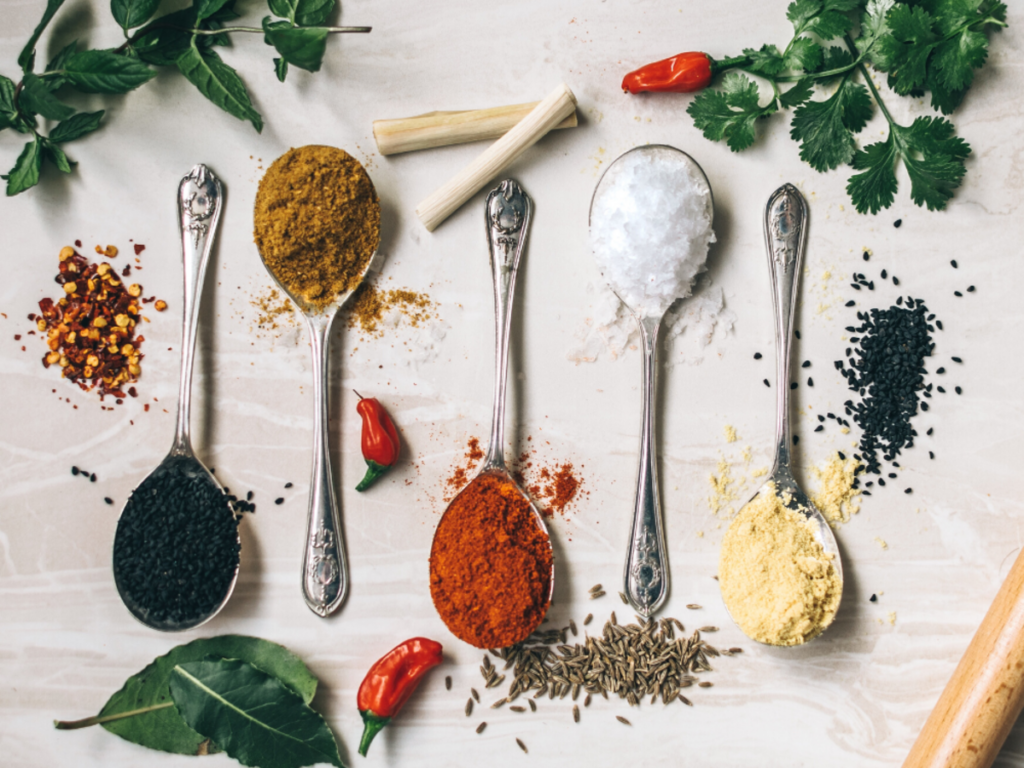
5. Pair Spices with Fresh Herbs
Fresh herbs and exotic spices go very well together. For example, in Middle Eastern cuisine, mint and cumin go well together, and basil and turmeric can improve the taste of curry. In many Latin and Southeast Asian cuisines, cilantro and lime are frequently combined to provide a crisp, citrusy counterpoint to the heat of spices like chili powder or cumin. Find your preferred matches by trying out various combinations.
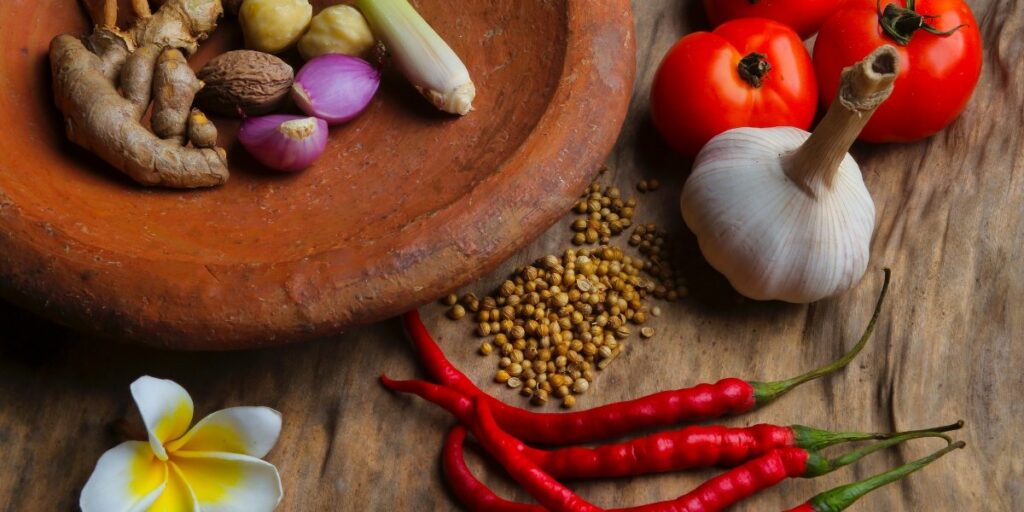
6. Balance Heat and Flavor
Certain unusual spices, such as harissa, chili flakes, or cayenne pepper, can significantly increase the heat in your food. A little heat is great, but to make your dish harmonious, counterbalance it with cooling components like yogurt, coconut milk, or lime juice. In this manner, you can appreciate the depth and complexity that these spices offer to the dish without the heat overpowering the other flavors.

7. Storage Is Key
To maintain the potency of your spices and herbs, store them properly. Keep ground spices in airtight containers away from direct sunlight and heat to prevent them from losing their flavor. Whole spices, like cinnamon sticks or star anise, tend to last longer than ground varieties, so consider grinding them fresh as needed for the best flavor. Fresh herbs should be used within a few days, but you can extend their shelf life by freezing them in ice cube trays with olive oil or water for easy use later.
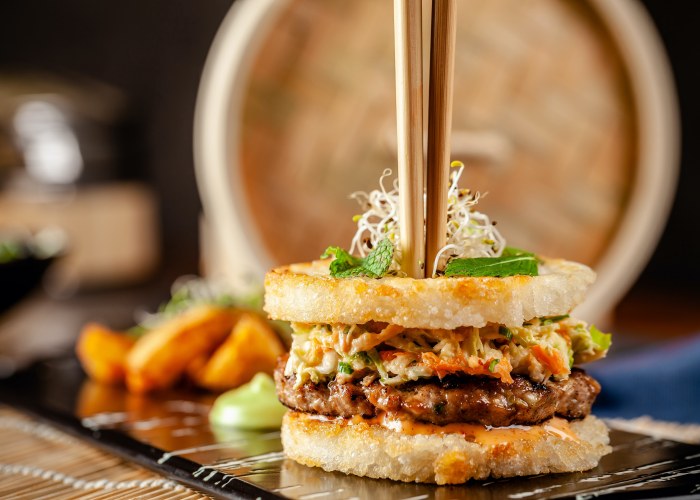
8. Embrace the Art of Fusion Cooking
The chance to experiment with fusion cuisine is one of the best things about cooking with exotic spices. Mixing flavors from various culinary traditions is nothing to be afraid of. For a distinctive take on spaghetti or roasted veggies, for instance, mix Italian basil with Indian garam spice. Thai lemongrass makes a great marinade or sauce for Mexican chile. There are countless opportunities to create inventive and captivating meals with fusion cooking.



